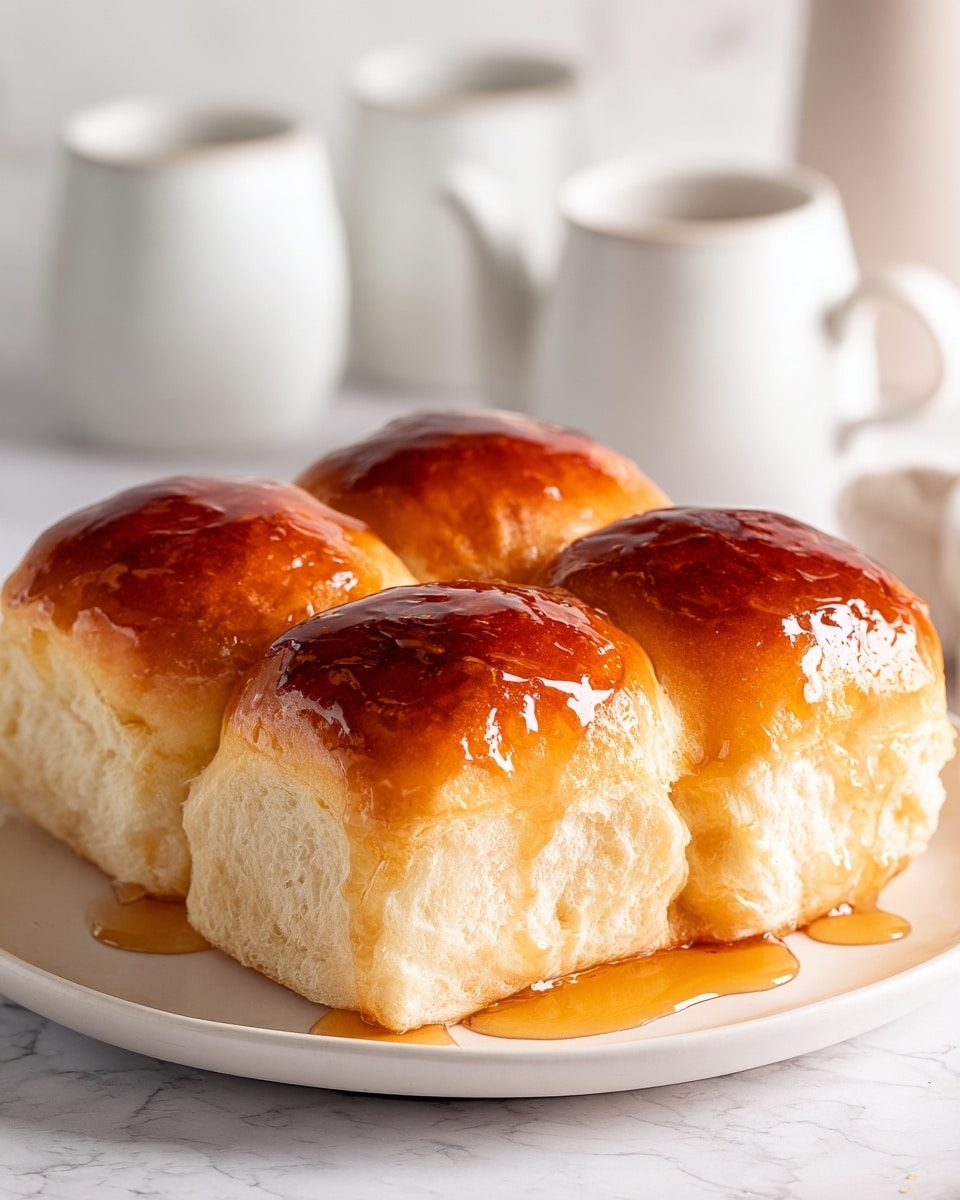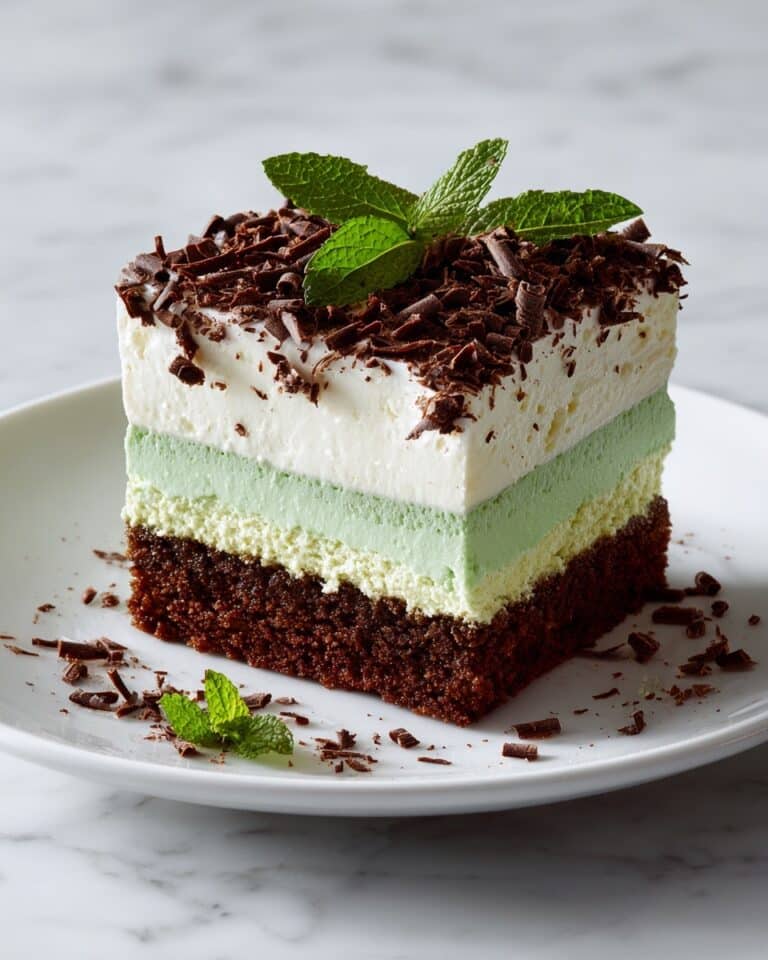If you have ever dreamed of baking a soft, pillow-like bread that melts in your mouth with just a hint of sweet creaminess, this Milk Brioche Recipe is exactly what you need. Combining the richness of butter, the warmth of vanilla, and the tender crumb that only a perfect brioche can deliver, this recipe turns simple ingredients into an indulgent treat. Whether you enjoy it for breakfast, afternoon tea, or a comforting snack, this Milk Brioche Recipe brings a touch of homemade magic to your kitchen.

Ingredients You’ll Need
With only a handful of essential ingredients, this Milk Brioche Recipe is wonderfully approachable. Each component plays a crucial role in crafting that tender dough and golden crust you’ll fall in love with.
- 4 cups all-purpose flour: The backbone of your dough, providing structure and chew.
- 1 cup whole milk (warm): Adds richness and moisture, activating the yeast to help your dough rise beautifully.
- 2 ¼ tsp active dry yeast (1 packet): The magical ingredient that brings lightness and fluffiness by fermenting the dough.
- ¼ cup granulated sugar: Gives a subtle sweetness that balances perfectly with the buttery flavors.
- 3 large eggs: For a tender crumb and that classic brioche richness.
- ½ cup unsalted butter (softened): The key to the brioche’s soft, melt-in-your-mouth texture.
- 1 tsp salt: Enhances all the flavors and keeps the dough balanced.
- 1 tsp vanilla extract: Adds a warm, inviting aroma that makes this bread irresistible.
How to Make Milk Brioche Recipe
Step 1: Activate the Yeast
To get started, pour the warm milk into a small bowl and sprinkle the yeast over the top. Let this mixture sit patiently for about 5 to 10 minutes until it becomes frothy and bubbly. This means your yeast is alive and ready to help your dough rise to perfection.
Step 2: Create the Dough Mixture
In a large bowl, whisk together the flour, sugar, and salt to distribute everything evenly. Next, create a well in the center and pour in the frothy yeast mixture, eggs, and vanilla extract. Stir this all together gently until the ingredients begin to form a cohesive dough — you’re getting closer to that classic brioche texture.
Step 3: Knead the Dough
Turn your dough out onto a floured surface and knead it for about 8 to 10 minutes. This step is where the magic happens—your dough will transform into a smooth, elastic ball. Kneading develops the gluten, giving your brioche that signature springy softness.
Step 4: Incorporate the Butter
While continuing to knead, gradually add the softened butter a little at a time. Don’t rush this part; the butter should be fully absorbed before you add more. This process is what makes brioche so wonderfully tender and rich.
Step 5: Let the Dough Rise
Lightly grease a bowl with oil and place your dough inside. Cover it with a clean kitchen towel or plastic wrap and find a warm spot to let it rise for 1 to 2 hours, until it has doubled in size. This rise is crucial for achieving that airy, soft crumb.
Step 6: Bake to Golden Perfection
Preheat your oven to 350°F (175°C). Shape the risen dough into a loaf or divide it into rolls, as you prefer. Place them on a parchment-lined baking tray or in a loaf pan, then bake for 25 to 30 minutes. When the brioche turns a beautiful golden brown and smells heavenly, you know it’s ready to enjoy.
How to Serve Milk Brioche Recipe

Garnishes
Milk Brioche is lovely on its own, but adding a light dusting of powdered sugar or a smear of homemade jam can elevate your experience. Fresh berries or a drizzle of honey pair beautifully with the rich, buttery bread flavor, bringing a lovely contrast of sweet and tart.
Side Dishes
This brioche pairs wonderfully with creamy soups or savory cheeses. Think alongside a bowl of velvety tomato bisque or a cheese platter featuring Brie and goat cheese. The bread’s sweetness offsets savory dishes, making your meal truly balanced and satisfying.
Creative Ways to Present
Why not transform your Milk Brioche Recipe into French toast or a decadent bread pudding? Use slices as the base for open-faced sandwiches or toast them lightly and top with avocado and smoked salmon for a sophisticated brunch. The softness of this brioche invites all kinds of playful and delicious presentations.
Make Ahead and Storage
Storing Leftovers
If you have any brioche left (which might be hard!), store it in an airtight container at room temperature for up to two days. This keeps the bread soft and tender without drying it out or turning it stale too quickly.
Freezing
Brioche freezes beautifully. Wrap whole loaves or individual rolls tightly in plastic wrap, then place them in a freezer bag. Freeze for up to three months. When you’re ready to eat, thaw at room temperature or warm gently in the oven.
Reheating
To bring your brioche back to its fresh-baked glory, warm slices in a toaster or oven at 300°F (150°C) for about 5 to 10 minutes. Heating it gently crisps the crust slightly while preserving that soft, airy crumb inside, making every bite taste like it just came out of the oven.
FAQs
Can I use a different type of flour for this Milk Brioche Recipe?
Yes, you can experiment with bread flour for a chewier texture or a mix of whole wheat flour for added nuttiness, but keep in mind this will change the final crumb and rise slightly.
Is it necessary to let the dough rise twice?
This recipe calls for one rise, but you can let it rise a second time after shaping your loaf or rolls. The second rise can improve the texture and oven spring but is optional depending on your time.
Can I make this recipe without eggs?
Eggs are essential for the classic brioche texture and richness. Leaving them out will create a different bread altogether. For an egg-free version, you might want to try other enriched dough recipes designed specifically without eggs.
Why is the butter added gradually during kneading?
Gradual incorporation allows the dough to fully absorb the fat, creating that tender, soft crumb unique to brioche. Adding all the butter at once could make the dough greasy and difficult to knead.
How do I know when the brioche is fully baked?
The brioche should be deep golden brown on top and sound hollow when tapped on the bottom. Using a thermometer, the internal temperature should be around 190°F (88°C) to ensure it’s cooked through.
Final Thoughts
There’s something truly special about making brioche from scratch, and this Milk Brioche Recipe makes it easier and more rewarding than you might expect. The warm aroma, the soft crumb, and that buttery flavor will make every bite feel like a hug from the inside. Give it a try—you’ll soon understand why this is one of my favorite breads to bake and share any time of the day.
Print
Milk Brioche Recipe
- Total Time: 1 hour 50 minutes
- Yield: 12 servings 1x
- Diet: Vegetarian
Description
This Milk Brioche recipe yields a soft, buttery, and slightly sweet bread perfect for breakfast or dessert. Made with enriched dough using milk, eggs, and butter, this brioche offers a tender crumb and rich flavor, ideal for enjoying on its own or as a base for various toppings.
Ingredients
Dough Ingredients
- 4 cups all-purpose flour
- 1 cup whole milk (warm)
- 2 ¼ tsp active dry yeast (1 packet)
- ¼ cup granulated sugar
- 3 large eggs
- ½ cup unsalted butter (softened)
- 1 tsp salt
- 1 tsp vanilla extract
Instructions
- Activate the Yeast: In a small bowl, combine the warm milk and active dry yeast. Let the mixture sit for 5-10 minutes until it becomes frothy, indicating the yeast is active and ready to use.
- Create Dough Mixture: In a large mixing bowl, whisk together the all-purpose flour, granulated sugar, and salt. Make a well in the center of the dry ingredients and add the frothy yeast mixture, eggs, and vanilla extract. Mix thoroughly until all ingredients are combined into a dough.
- Knead the Dough: Transfer the dough onto a floured surface. Knead it for 8-10 minutes until it becomes smooth and elastic, which helps develop the gluten for structure.
- Incorporate Butter: Gradually add the softened unsalted butter into the dough while kneading. Continue kneading until the butter is fully absorbed and the dough is smooth, glossy, and elastic.
- First Rise: Place the dough into a lightly oiled bowl, cover it with a clean kitchen towel or plastic wrap, and let it rise in a warm place for 1-2 hours, or until it has doubled in size.
- Bake: Preheat the oven to 350°F (175°C). Shape the risen dough into a loaf or individual rolls and place them on a baking sheet or loaf pan. Bake for 25-30 minutes until the brioche turns golden brown and sounds hollow when tapped.
Notes
- Use warm milk (not hot) to activate the yeast properly without killing it.
- Kneading time is essential to develop gluten and achieve the brioche’s characteristic texture.
- Letting the dough rise in a warm environment helps it double in size more effectively.
- Test doneness by tapping on the bread’s bottom; it should sound hollow when fully baked.
- Allow the brioche to cool completely before slicing to maintain its structure.
- Prep Time: 20 minutes
- Cook Time: 30 minutes
- Category: Bread
- Method: Baking
- Cuisine: French






